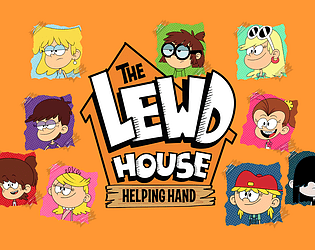Were the 1980s the Greatest Decade for Marvel?
The 1970s were a turbulent time for Marvel Comics, yet this era laid the groundwork for some incredible characters and storylines, including "The Night Gwen Stacy Died" and Doctor Strange's encounter with God. However, the 1980s truly emerged as Marvel's golden age, a period marked by legendary creators crafting landmark runs on their most popular titles. This is the era of Frank Miller's *Daredevil*, John Byrne's *Fantastic Four*, David Michelinie's *Iron Man*, and the peak of Chris Claremont's *X-Men*, with Roger Stern's *Amazing Spider-Man* and Walt Simonson's *Thor* soon to follow. These creators significantly shaped the enduring legacy of these characters.
In the grand tapestry of the Marvel Universe, the 1980s arguably stand as the company's most brilliant chapter. Join us for Part 7 of our exploration of essential Marvel issues!
More Essential Marvel
1961-1963 - The Birth of a Universe
1964-1965 - The Sentinels Are Born and Cap Dethaws
1966-1969 - How Galactus Changed Marvel Forever
1970-1973 - The Night Gwen Stacy Died
1974-1976 - The Punisher Begins His War on Crime
1977-1979 - Star Wars Saves Marvel From Bankruptcy
The Dark Phoenix Saga and Other All-Time X-Men Stories
Chris Claremont's transformative run on X-Men, beginning in 1975, reached its zenith in the early 1980s with three unforgettable storylines. The Dark Phoenix Saga (X-Men #129-137) remains the most iconic X-Men tale, showcasing Jean Grey's corruption by the cosmic entity, turning her into the Dark Phoenix and a formidable foe. This cosmic saga, co-plotted and penciled by John Byrne, introduced Kitty Pryde (Shadowcat), Emma Frost, and Dazzler. Jean Grey's sacrifice, though heartbreaking, cemented her place in X-Men lore, despite her eventual return. While film adaptations haven't always done it justice, X-Men: The Animated Series and Wolverine & the X-Men offered more faithful portrayals.
AnswerSee ResultsShortly after, Days of Future Past (X-Men #141-142) unfolded, a seminal story featuring the Sentinels, first introduced in 1965 by Stan Lee and Jack Kirby. Adult Kitty Pryde travels back in time to prevent an event that leads to a dystopian future ruled by Sentinels. This two-issue arc, adapted in the 2014 film X-Men: Days of Future Past and Wolverine & the X-Men, remains a fan favorite.
X-Men #150 concluded this period with a pivotal battle between the X-Men and Magneto, nearly resulting in Kitty Pryde's death. This conflict revealed Magneto's tragic past as a Holocaust survivor, a backstory that fundamentally shaped his character development.
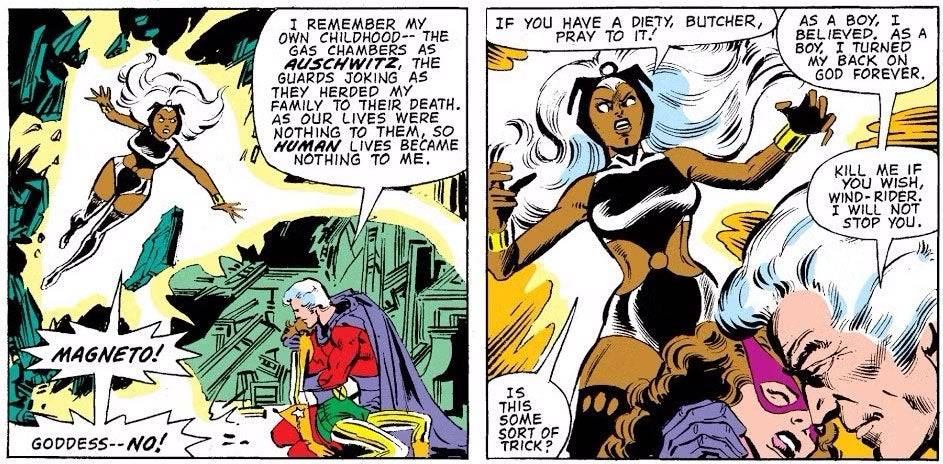
The First Appearances of Rogue, She-Hulk, and the New Mutants
The 1980s also witnessed the introduction of several prominent female Marvel heroes. Rogue, a future X-Men member, debuted in Avengers Annual #10 as a villain in Mystique's Brotherhood, draining Carol Danvers (Ms. Marvel) of her powers. This issue also highlighted Carol's confrontation with the Avengers for failing to protect her.
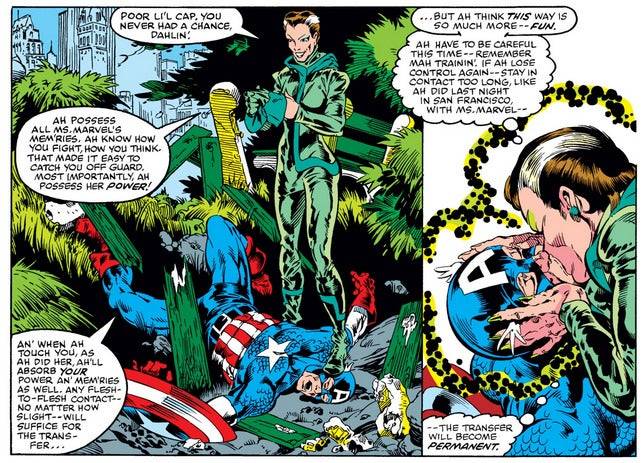
She-Hulk, co-created by Stan Lee, made her debut in Savage She-Hulk #1. Jennifer Walters, Bruce Banner's cousin, gained powers after a blood transfusion. While her first solo series wasn't critically acclaimed, she later flourished as an Avenger and Fantastic Four member, eventually portrayed by Tatiana Maslany in the MCU.
The New Mutants, Marvel's first X-Men spin-off, debuted in Marvel Graphic Novel #4 before launching their own series. This team of teenage mutants, including Cannonball, Sunspot, Karma, Wolfsbane, and Dani Moonstar (Mirage), later included Illyana Rasputina (Magik). A version of this team, sans Karma, appeared in the 2020 film New Mutants.
Iconic Storylines for Daredevil, Iron Man, and Captain America
Daredevil #168 marked the beginning of Frank Miller's defining run, introducing Elektra and reshaping the character's mythology. This gritty, crime-noir saga established Kingpin as a major nemesis and featured Elektra's tragic death at the hands of Bullseye. This run heavily influenced the 2003 film and the 2015 Netflix series.
Iron Man #149-150, "Doomquest," showcased Iron Man's first solo battle against Doctor Doom, transporting them to Arthurian times. This arc solidified Doctor Doom's place in Iron Man's rogues gallery.
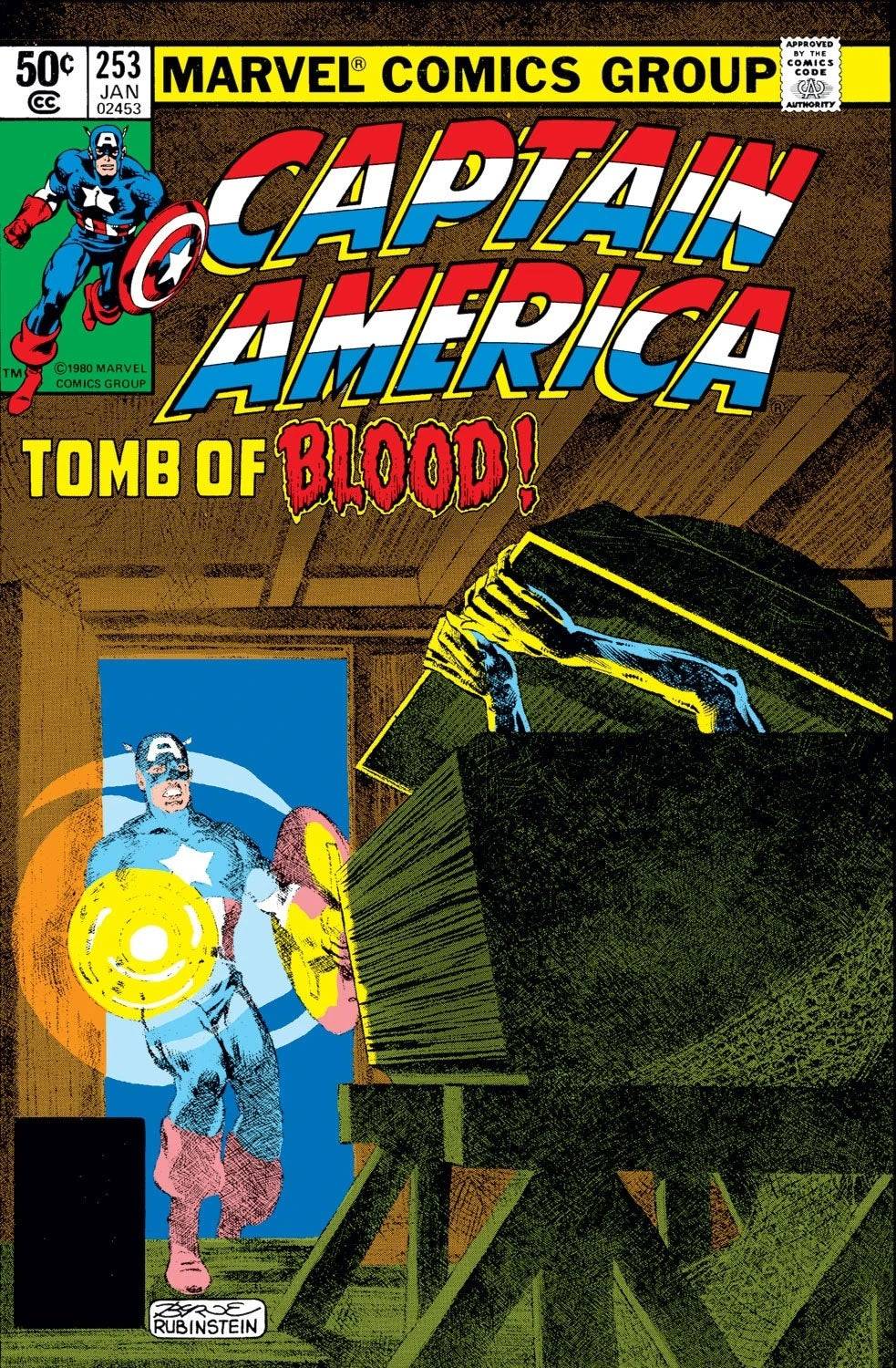
Captain America #253-254 featured Cap's confrontation with Baron Blood, a Nazi vampire connected to Cap's WWII past. This darker tale, with exceptional artwork, stands out in Roger Stern and John Byrne's run.
Moon Knight Becomes a Hero and Marvel Helps Create the G.I. Joe Mythology
Moon Knight #1, while not his first appearance, solidified Moon Knight's heroic identity, fully developing his backstory and introducing his alternate personalities.
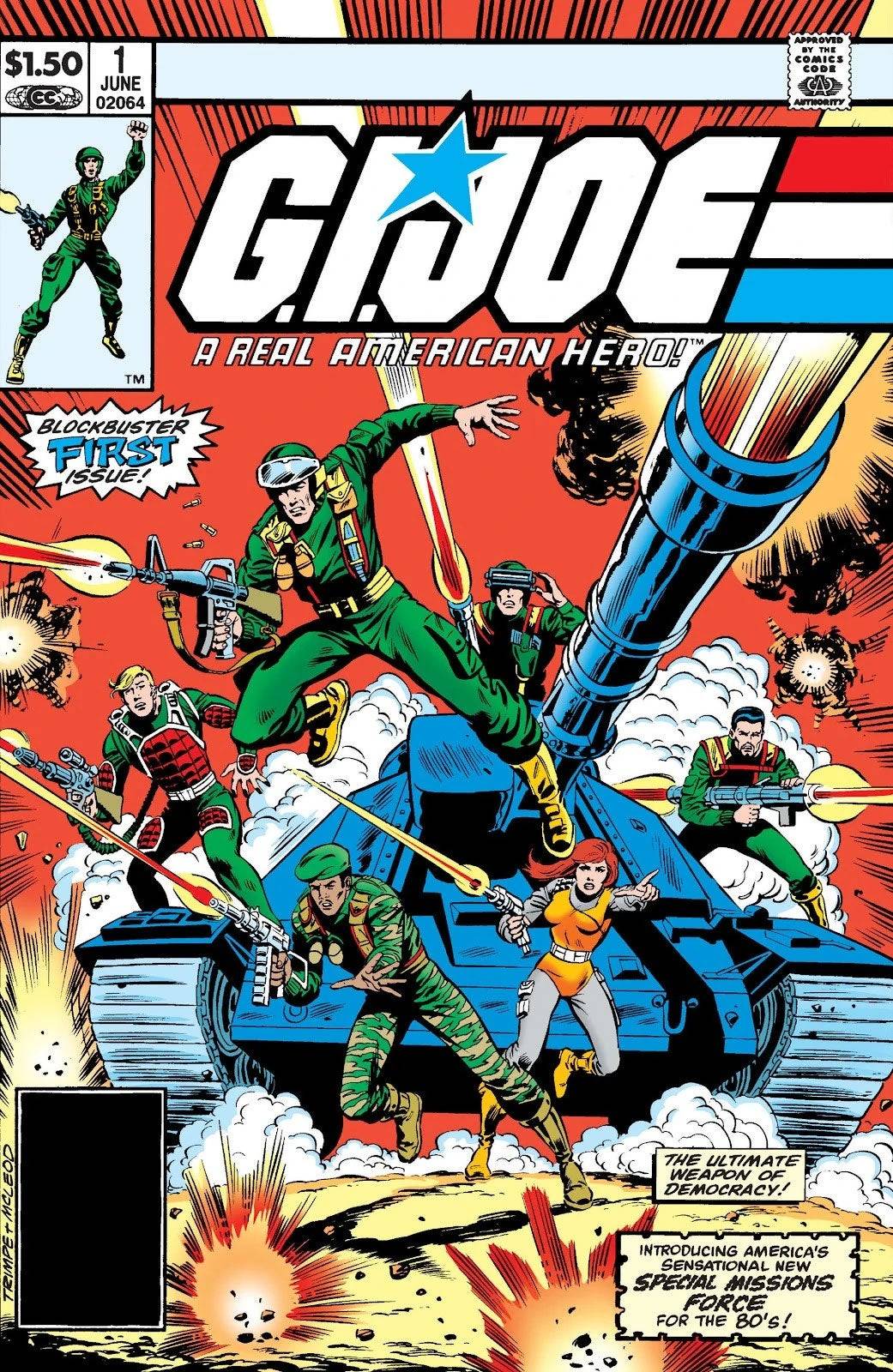
G.I. Joe #1, though not a Marvel-owned property, owes its existence to Marvel. Marvel editor Archie Goodwin conceived Cobra, and Larry Hama developed most of the character roster, including iconic figures like Scarlett, Snake Eyes, and Storm Shadow. Hama's work made G.I. Joe a popular title, particularly among female readers due to the equitable portrayal of female characters.
- 1 Silent Hill 2 Remake Confirms Xbox, Switch Release in 2025 Feb 08,2025
- 2 Dragon Soul Tier List: Ultimate Guide May 12,2025
- 3 Connect Asus ROG Ally to TV or Monitor: Easy Guide Apr 06,2025
- 4 "Persona Games and Spin-Offs: Complete Chronological List" Apr 09,2025
- 5 The Best Marvel Contest of Champions Tier List for 2025 Mar 19,2025
- 6 Fix 'Can't Connect to Host' Error in Ready or Not: Quick Solutions Jun 13,2025
- 7 Assassin's Creed Shadows: Max Level and Rank Cap Revealed Mar 27,2025
- 8 How to Run JioHotstar on PC with BlueStacks Feb 28,2025
-
Top Arcade Classics and New Hits
A total of 10
-
Addictive Arcade Games for Mobile
A total of 10
-
Android Apps for Video Content Creation
A total of 10












![Roblox Forsaken Characters Tier List [UPDATED] (2025)](https://img.actcv.com/uploads/18/17380116246797f3e8a8a39.jpg)



